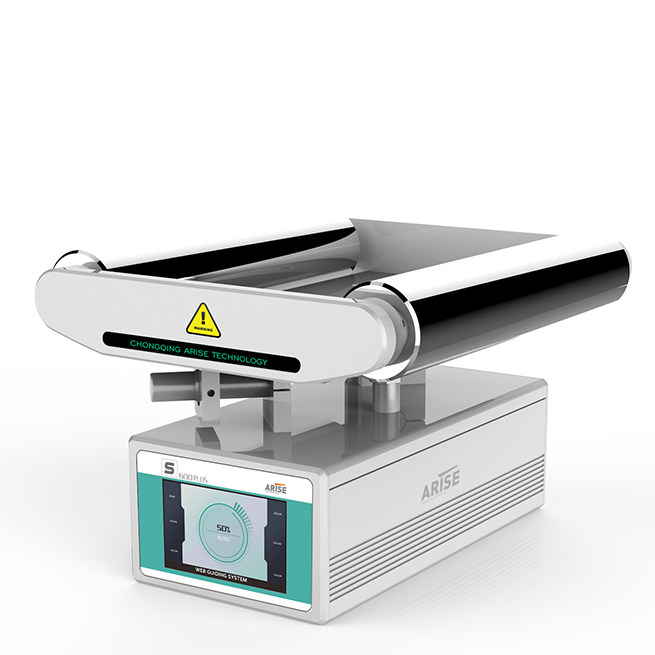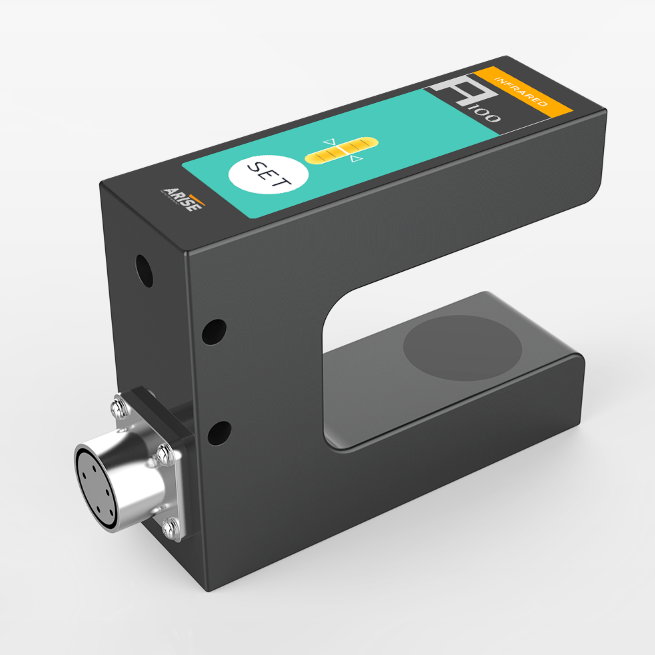How Customization and Adaptability in Web Guide Systems are Transforming Industries
In the ever-evolving landscape of industrial manufacturing, the demand for precision and adaptability has prompted the development of new technologies. Among these developments, web guide systems stand out as important components, guaranteeing correct material alignment and management throughout diverse manufacturing processes. This article explore the significance of customization and adaptability in web guide systems, exploring how these features are reshaping industries and optimizing manufacturing operations.

The Role of Web Guide Systems in Manufacturing Processes
Web guide systems are pieces of equipment that ensure precise alignment and control of materials including paper, film, textiles, and metal during manufacturing processes. These technologies have become indispensable in industries like as printing, converting, packaging, and textiles, where precise web alignment is crucial to quality and efficiency.
Overview Web Guide Systems
| Component | Functionality |
| Web Guide Sensors: Optical or ultrasonic sensors detecting web position. | Maintaining Alignment: Ensuring the continuous alignment of the moving web material. |
| Actuators and Controllers: Mechanisms adjusting the web position based on sensor inputs. | Precision Control: Responding to deviations and maintaining precise alignment during production. |
Advantages of Web Guide Systems
| Advantage | Description |
| Increased Efficiency: | Minimizes material waste and enhances production efficiency by preventing misalignments. |
| Improved Quality: | Ensures consistent product quality by maintaining precise web alignment. |
| Reduced Downtime: | Minimizes downtime caused by manual adjustments, increasing overall equipment effectiveness. |
| Cost Savings: | Limits waste, decreases the need for rework, and improves resource utilization, leading to cost savings. |

The Significance of Customization and Adaptability in Web Guide Systems
1. Customization for Varied Applications
Customization is at the heart of successful web guide systems. Industries that handle a variety of materials, such as paper, film, textiles, and metal, require customized solutions to manage their specific issues. Customizable web guide systems allow manufacturers to adapt the technology to the specific requirements of different applications, ensuring optimal performance across a range of materials and production scenarios.
2. Adaptability to Changing Production Parameters
Industries are continually changing, with new production requirements and dynamic variables. Web guide systems with adaptive features may easily accommodate fluctuations in material thickness, width, or tension. This versatility is critical in areas where production conditions are frequently changed, allowing for quick adjustments without sacrificing precision.
3. Integration of Advanced Sensors and Controls
Customized web guide systems frequently include advanced sensors and controls that increase their versatility. Web guide sensors can detect changes in web alignment or stress, triggering real-time modifications to keep the material on course. Intelligent control systems allow for the modification of reaction parameters, as well as fine-tuning based on unique production conditions.

4. Remote Monitoring and Control
The digital era has brought us remote connectivity and monitoring capabilities for web guide systems. Customizable solutions now enable operators to monitor and control web guide systems remotely, facilitating real-time adjustments without the need for physical presence. This not only enhances convenience but also contributes to a more responsive and efficient production environment.
5. Precision in Printing and Converting Processes
In the printing and converting industries, precision is non-negotiable. Customized web guide systems ensure accurate registration, minimizing waste and enhancing the quality of printed materials. Whether it’s flexographic printing, gravure printing, or laminating processes, adaptable web guide systems play a crucial role in maintaining alignment and registration.

6. Enhanced Safety and Reliability
Customization extends beyond performance enhancements to safety features. Industries with stringent safety requirements can tailor web guide systems to include additional safety mechanisms, such as emergency stop functions and redundant sensors, ensuring not only precision but also a high level of reliability and compliance with safety standards.
7. Energy-Efficient and Eco-Friendly Solutions
Customized web guide systems are increasingly including energy-efficient technologies, which help to promote sustainability. Variable frequency drives, low-energy components, and sophisticated power management systems can be combined to provide personalized solutions that correspond with the increased emphasis on environmentally friendly practices in modern enterprises.
Conclusion
The customization and adaptability of web guide systems have become critical in fulfilling the changing needs of sectors seeking precision, efficiency, and flexibility. From printing and converting to packaging and textiles, tailored web guide systems have a revolutionary impact across a wide range of sectors. As industries embrace customization, the future holds even more inventive solutions that will alter how materials are handled and processed, ushering in a new era of industrial efficiency and reliability.

